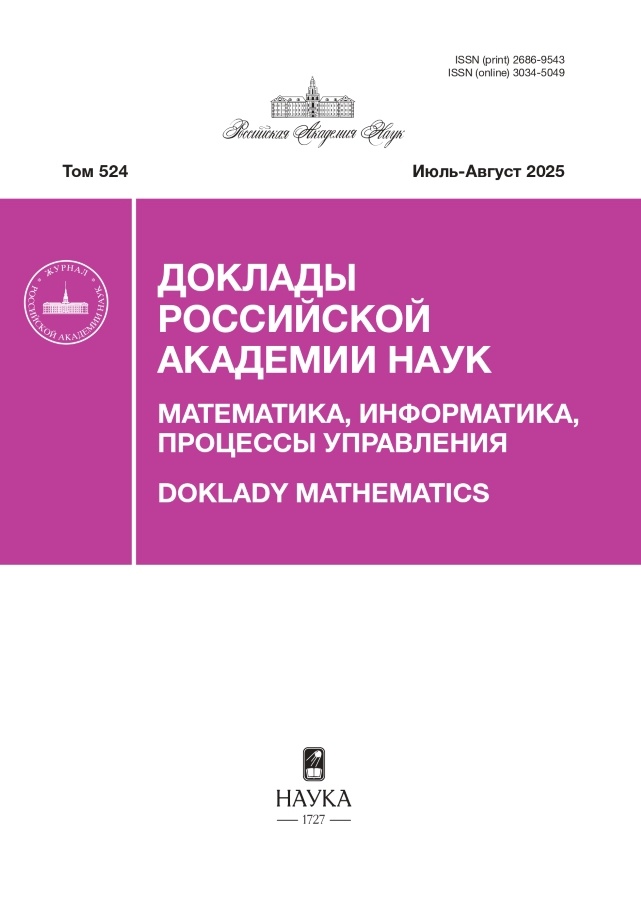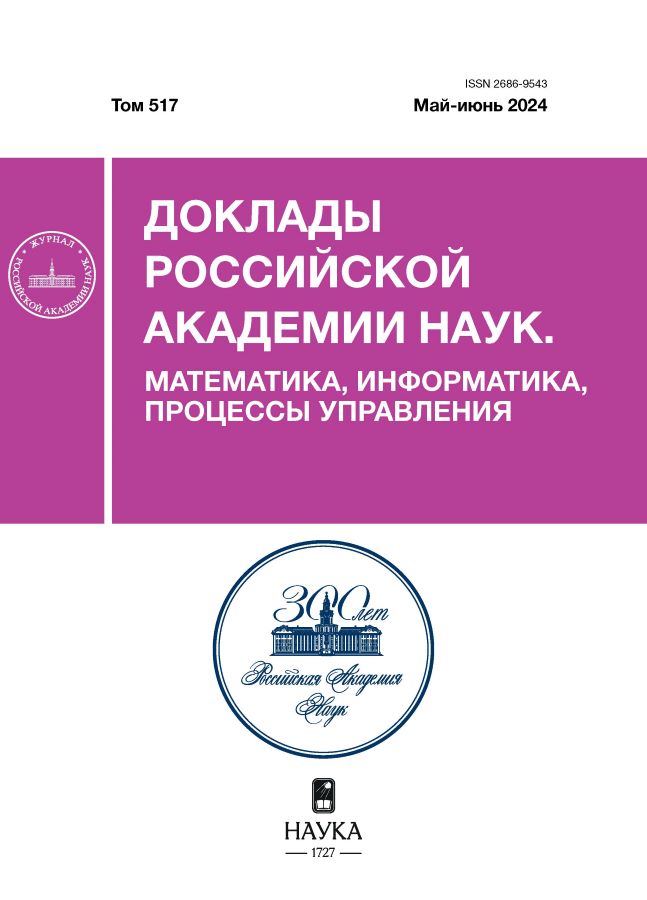Методы искусственного интеллекта в управлении персонализированным общим образованием
- Авторы: Семенов А.Л.1,2,3, Абылкасымова А.Е.4, Рудченко Т.А.5
-
Учреждения:
- Московский государственный университет имени М.В. Ломоносова
- Институт образования НИУ Высшая школа экономики
- Научно-образовательный математический центр Приволжского федерального округа, Институт математики и механики имени Н.И. Лобачевского
- Казахский национальный педагогический университет имени Абая
- Институт кибернетики и образовательной информатики имени А.И. Берга ФИЦ ИУ РАН
- Выпуск: Том 517 (2024)
- Страницы: 5-11
- Раздел: МАТЕМАТИКА
- URL: https://jdigitaldiagnostics.com/2686-9543/article/view/647967
- DOI: https://doi.org/10.31857/S2686954324030011
- EDN: https://elibrary.ru/YBZKGG
- ID: 647967
Цитировать
Полный текст
Аннотация
В работе предлагается новый подход к управлению процессом общего образования. Средства цифровых технологий используются для формирования пространств целей, задач и учебных действий, записи образовательного процесса каждого учащегося. Инструменты искусственного интеллекта применяются при выборе персональных целей учащегося и путей их достижения, для прогнозирования и рекомендаций участникам образовательного процесса. Используются большие данные всей системы образования и большие лингвистические модели. Эффекты подхода включают обеспечение успешности каждого учащегося, объективной оценки работы учителей и школ, адекватность процесса перехода к высшему образованию.
Ключевые слова
Полный текст
Об авторах
А. Л. Семенов
Московский государственный университет имени М.В. Ломоносова; Институт образования НИУ Высшая школа экономики; Научно-образовательный математический центр Приволжского федерального округа, Институт математики и механики имени Н.И. Лобачевского
Автор, ответственный за переписку.
Email: alsemno@ya.ru
академик РАН
Россия, Москва; Москва; КазаньА. Е. Абылкасымова
Казахский национальный педагогический университет имени Абая
Email: aabylkassymova@mail.ru
Казахстан, Алматы
Т. А. Рудченко
Институт кибернетики и образовательной информатики имени А.И. Берга ФИЦ ИУ РАН
Email: rudchenko@gmail.com
Россия, Москва
Список литературы
- Spady W.G., Schwahn Ch.J. Learning Communities 2.0: Educating in the Age of Empowerment. Lanham, MD // Rowman & Littlefield Education. 2010. 169 p. ISBN 978-1-60709-608-5.
- Spady W.G. Outcome-Based Education: Critical Issues and Answers. Arlington, Va: American Association of School Administrators, 1994. 212 p. ISBN 0-87652-183-9 94. https://files.eric.ed.gov/fulltext/ED380910.pdf
- Comenius J.A. The Great Didactic. 1896. Transl. by Maurice Walter Keatinge. https://en.wikisource.org/wiki/The_Great_Didactic_of_John_Amos_Comenius/The_Great_Didactic
- Semenov A.L. and Ziskin K.E. Expanded Personality as the Main Entity and Subject of Philosophical Analysis: Implications for Education // Doklady Mathematics. 2023. V. 108. № 4. P. 331–341. ISSN 1064-5624. https://doi.org/10.1134/S1064562423700965.
- Серр М. Девочка с пальчик. М.: Ад Маргинем Пресс, 2016. (Serres M. Petite Poucette. Paris: Éditions Le Pommier, 2012)
- Clark A., Being There: Putting Brain, Body, and World Together Again. MIT Press, 1998. http://www2.econ.iastate.edu/tesfatsi/BeingThere.AClark1998.EntireBook.pdf
- Семенов А.Л., Абылкасымова А.Е., Рудченко Т.А. Обучение математикой в XXI веке // Вопросы образования, 2024 (в печати).
- Константинов Н.Н., Семенов А.Л. Результативное образование в математической школе // Чебышёвский сборник. 2021. Т. 22. Вып. 1 (77). С. 413–446. https://doi.org/10.22405/2226-8383-2021-22-1-413-446
- Gardner H. Multiple Intelligences. The Theory in Practice. New York: BasicBooks, 1993. ISBN 0-465-01821-1. https://archive.org/details/multipleintellig00gard_0/
- Ware P. Personality Adaptations (Doors to Therapy) // Transactional Analysis Journal. 1983. № 1. P. 11–19.
- Levine E., Patrick S. What Is Competency Based Education? An Updated Definition. Vienna, VA: Aurora Institute, 2019. https://aurora-institute.org/wp-content/uploads/what-is-competency-based-education-an-updated-definition-web.pdf
- Simms J. The Critical Concepts (Final Version: English Language Arts, Mathematics, and Science). Marzano Resources. URL: https://www.marzanoresources.com/educational-services/critical-concepts
- Marzano High Reliability Schools. URL: https://www.marzanoresources.com/hrs/high-reliability-schools#conIframewrapp
Дополнительные файлы











